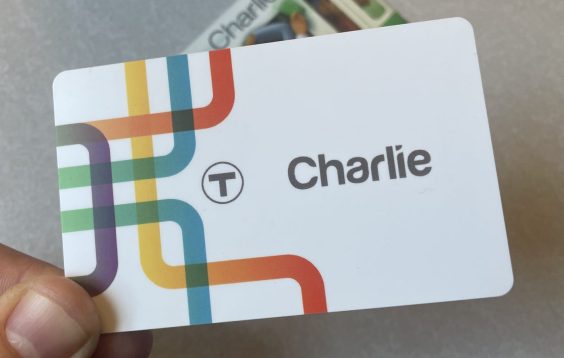
The headline is no joke. In his sixth year governing the state of New York, Andrew Cuomo is on a bit of a roll when it comes to urban planning and city-based economic development. Cuomo and his administration have announced or budgeted for multiple projects over the past few months that promise to heal urban neighborhoods by repairing the damage inflicted by mid-century highways.
Last Wednesday, Cuomo said his administration will study capping a three-quarter-mile segment of the Kensington Expressway, which obliterated the Olmsted-designed Humboldt Parkway in the 1950s, traumatizing Buffalo's historic East Side.
Cuomo told the Buffalo News editorial board that paying for the full project, estimated to cost upwards of $500 million, is feasible. "It was originally the Humboldt Parkway, it was beautiful, and it was part of the Olmsted design,” he said to an appreciative crowd at the Buffalo Museum of Science, the paper reported. “In the mid-’50s, we had a better idea and it turned out not to be a better idea, which was to move vehicles in and out of Buffalo faster by building a highway. This was not just in Buffalo; this was all over the United States. Most places have reversed their mistakes, and that’s what we are going to be doing here."
At the same event, Cuomo reiterated his administration's support for converting Buffalo's Scajaquada Expressway, a 3.6-mile 1960s-era highway segment that cuts across city neighborhoods and parks, into a surface street where people can safely walk and bike. (Last year, a driver careened off the road and into Delaware Park, killing a 3-year-old boy and critically injuring his 5-year-old sister.) In both cases, the state is responding to grassroots campaigns to undo the devastation of urban highways.
Earlier this week, the final state budget included $97 million for transforming the South Bronx's Moses-era Sheridan Expressway into a surface boulevard, creating better walking and biking connections to the Bronx River waterfront and opening up land for mixed-use development.
And last month, Cuomo announced that two miles of the Robert Moses Parkway in Niagara Falls will be removed to improve access to the waterfront.
Caveats still apply. The Kensington Expressway project isn't a done deal yet, and Cuomo hasn't given his personal imprimatur to the Sheridan teardown, which has consistently struggled to gain traction with the state DOT.
Broadly speaking, Cuomo's upstate economic development strategy remains heavily weighted toward dubious business tax breaks, while his transportation policies still squander resources on stuff like a toll freeze for Thruway drivers.
But in this recent round of highway removals and transformations, you can see the kernel of a new economic development paradigm -- for upstate cities especially. It's a strategy that recognizes how sprawl has contributed to what ails upstate regions: spreading people out too thinly, with too much infrastructure that costs too much to maintain.
Highway removal promises to fortify the central areas of cities like Buffalo, Syracuse, and Rochester, creating better conditions for walkable growth while reducing long-term infrastructure costs. Each of those three cities has an old highway segment that ranks toward the top of the Congress for New Urbanism's "Freeways Without Futures" list. (Rochester has already started to fill in a section of its Inner Loop sunken highway, but much more can be done.)
The next big decision revolves around the 3.75-mile I-81 viaduct in downtown Syracuse. The elevated highway is nearing the end of its design life, and the Cuomo administration has narrowed the options to removing it or replacing it with an elevated road designed to modern highway specs -- which would require demolishing buildings.
The state DOT will continue to evaluate options for I-81 before releasing an environment impact statement later this year, but the case for the teardown is overwhelming. Replacing I-81 with a walkable street grid would be like lifting a boot off the neck of downtown Syracuse. It would draw investment to an area that currently suffers from high vacancy rates and leave the region in better long-term fiscal condition.
It's also the kind of bold policy stroke that would command national attention, with Cuomo potentially starring as the governor who triggered the removal of a whole cohort of aging highways that blighted central cities for 60 years.
For a city builder looking to reverse the mistakes of the 1950s, there's only one way to go.





